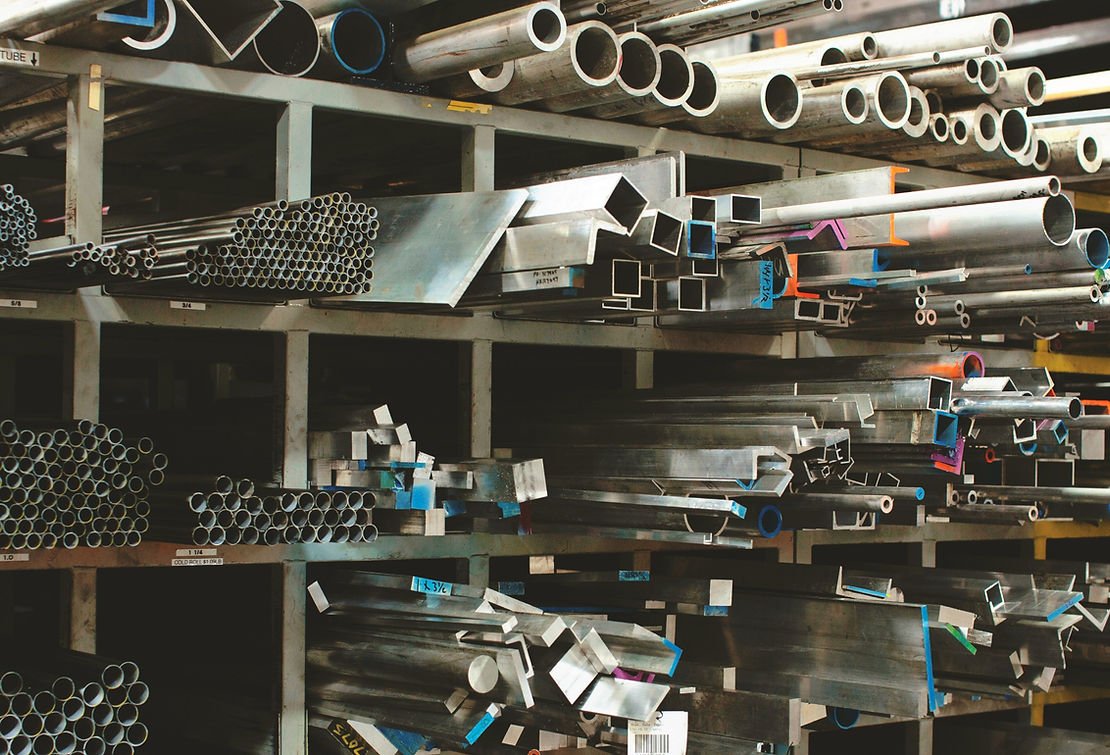The Importance of Steel in Sustainable Construction: A Pathway to a Greener Future
The History of the Steel Market in India: A Journey of Growth and Transformation
Admin
June 22, 2023

The steel industry holds a significant position in India’s economic landscape, playing a crucial role in infrastructure development, manufacturing, and various other sectors. Over the years, the steel market in India has witnessed remarkable growth, undergoing a fascinating transformation that has propelled the country into becoming one of the world’s leading steel producers. In this blog post, we delve into the history of the steel market in India, tracing its journey of evolution, milestones, and the factors that have shaped its remarkable success.
- Early Beginnings: The origins of the steel industry in India can be traced back to the late 19th century when the first steel plant was established in Kulti, West Bengal, in 1870. However, it was in Jamshedpur, now known as Tata Steel, that the foundation for the modern steel industry was laid. The visionary industrialist, Jamsetji Tata, established the first integrated steel plant in 1907, marking the beginning of India’s industrial revolution.
- Post-Independence Growth: Following India’s independence in 1947, the government recognized the significance of the steel industry for the country’s development. Several steel plants were set up, including Bhilai Steel Plant, Rourkela Steel Plant, and Durgapur Steel Plant, under the initiative of the public sector enterprise, Steel Authority of India Limited (SAIL). These plants played a crucial role in meeting domestic demand and reducing dependence on imports.
- Liberalization and Privatization: In the early 1990s, India embarked on a path of economic liberalization and privatization. The steel industry underwent significant reforms, allowing private players to enter the market. This led to the establishment of new steel plants and the modernization of existing ones. Private players brought in advanced technologies, efficient processes, and improved product quality, contributing to the growth and competitiveness of the industry.
- Steel Production and Consumption Boom: In the 21st century, India witnessed a remarkable surge in steel production and consumption. The demand for steel skyrocketed due to rapid urbanization, infrastructure development, and the growing manufacturing sector. India emerged as the world’s second-largest steel producer, with companies like Tata Steel, JSW Steel, and ArcelorMittal Nippon Steel India leading the way.
- Technological Advancements and Innovation: Technological advancements have been instrumental in shaping the steel market in India. The adoption of modern technologies, such as electric arc furnaces, continuous casting, and advanced rolling mills, has enhanced production efficiency, reduced costs, and improved the quality of steel products. Furthermore, research and development efforts have focused on developing high-grade and value-added steel products to cater to diverse industry requirements.
- Global Competitiveness: The steel market in India has witnessed a significant shift in recent years, with a focus on global competitiveness. Indian steel producers have expanded their presence in international markets, exporting high-quality steel products and establishing strategic alliances with global steel giants. This has contributed to the growth of India’s steel exports and bolstered the country’s reputation as a reliable and competitive steel producer.
Conclusion
The history of the steel market in India is a testament to the country’s remarkable journey of growth and transformation. From its modest beginnings to becoming a global steel powerhouse, India’s steel industry has evolved through strategic investments, policy reforms, technological advancements, and the entrepreneurial spirit of its industry leaders. As India continues to march ahead on its path of progress, the steel market remains a key pillar of its economic development, supporting infrastructure growth, job creation, and the nation’s overall industrial prowess.
